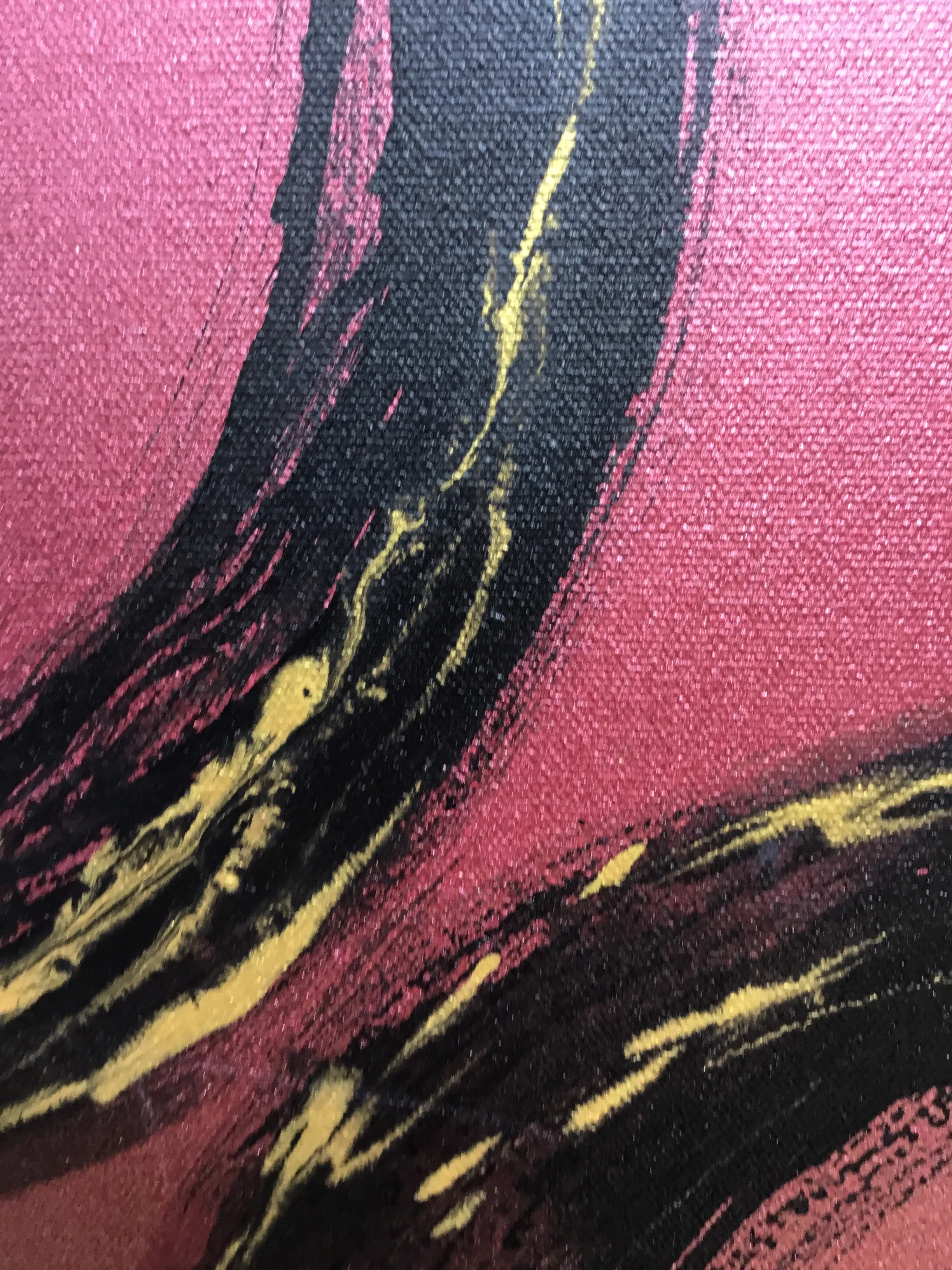Sacred Circles: Brushing the Enso
The observance of the circle as an art form is well documented throughout history.
Ancient sacred circles range from the Celtic symbol of eternity via the knot, triple
spiral, moon, and sun, to the Mandala, the Hindu symbol of the universe.
The prehistoric circular sacred design of Stonehenge, the Coliseum, and the
Parthenon, have led up to present day circular architectural designs including the
revered Guggenheim.
The discovery of the Phi ratio of the Golden Mean, and Fibonacci Spirals furthered
our understanding of both the spiritual and mathematical properties of design.
My study of form and color has evolved over the years. My work is eclectic,
and best described as abstract expressionism. I use a variety of
mediums including but not limited to Sumi ink, acrylic paint, oil bars, gold leaf, and
mineral pigments. My current passion includes a Japanese inspired approach
which utilizes the aesthetic concept of Nihonga, “Japanese painting’” techniques,
coupled with a decisive use of color and design. The Zen theory of Enso circles
historically has revered the circle as the outcome of meditative activity. Uninhibited
brushstrokes are associated with enlightenment, and living in the moment. The
open-ended Enso reflects a moment in time that may be incomplete, while a closed
Enso may reflect an achieved goal, unity, and openness.
TheJapanese concept of Ma, or void between things, allows other forms to stand out. There is a spoken-ness in
the empty spaces. Brushstrokes tend to expose the level of self-awareness of the
artist in their creative journey. I encounter each new blank canvas with a sense of
newness and self-discovery. Marsha Egan




